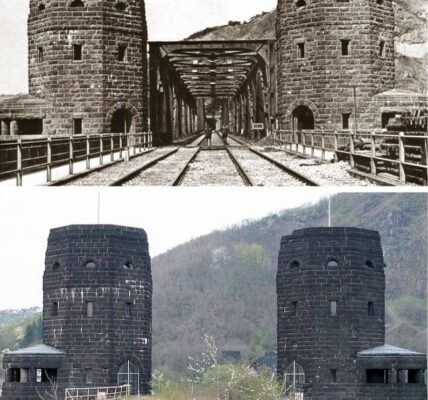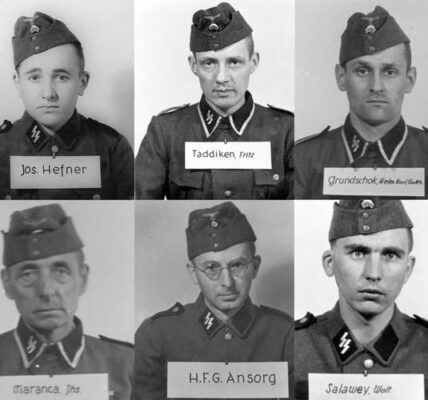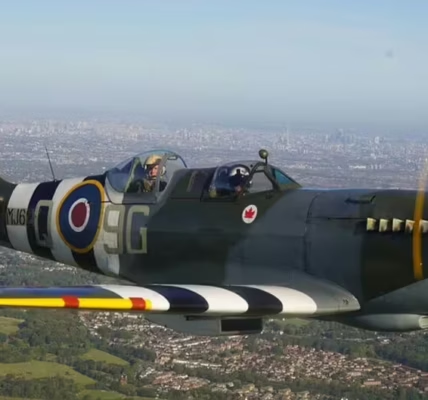- Homepage
- Uncategorized
- KL Auschwitz – Introduction to the Concentration and Extermination Camp _us
KL Auschwitz – Introduction to the Concentration and Extermination Camp _us

KL Auschwitz was a German Nazi concentration camp which existed in the years 1940–45. Its first prisoners were Poles. Initially the inmates also included a small group of Jews. In subsequent years prisoners of other nationalities and ethnicities were also sent there. From 1942 the vast majority of those sent to Auschwitz were Jews and they also accounted for the largest number of its victims. Other very large groups of inmates and victims included the Poles, the Roma and Soviet prisoners of war.

Former Auschwitz I camp: Arbeit macht frei gate
Source: Auschwitz-Birkenau State Museum (henceforth: A-BSM)
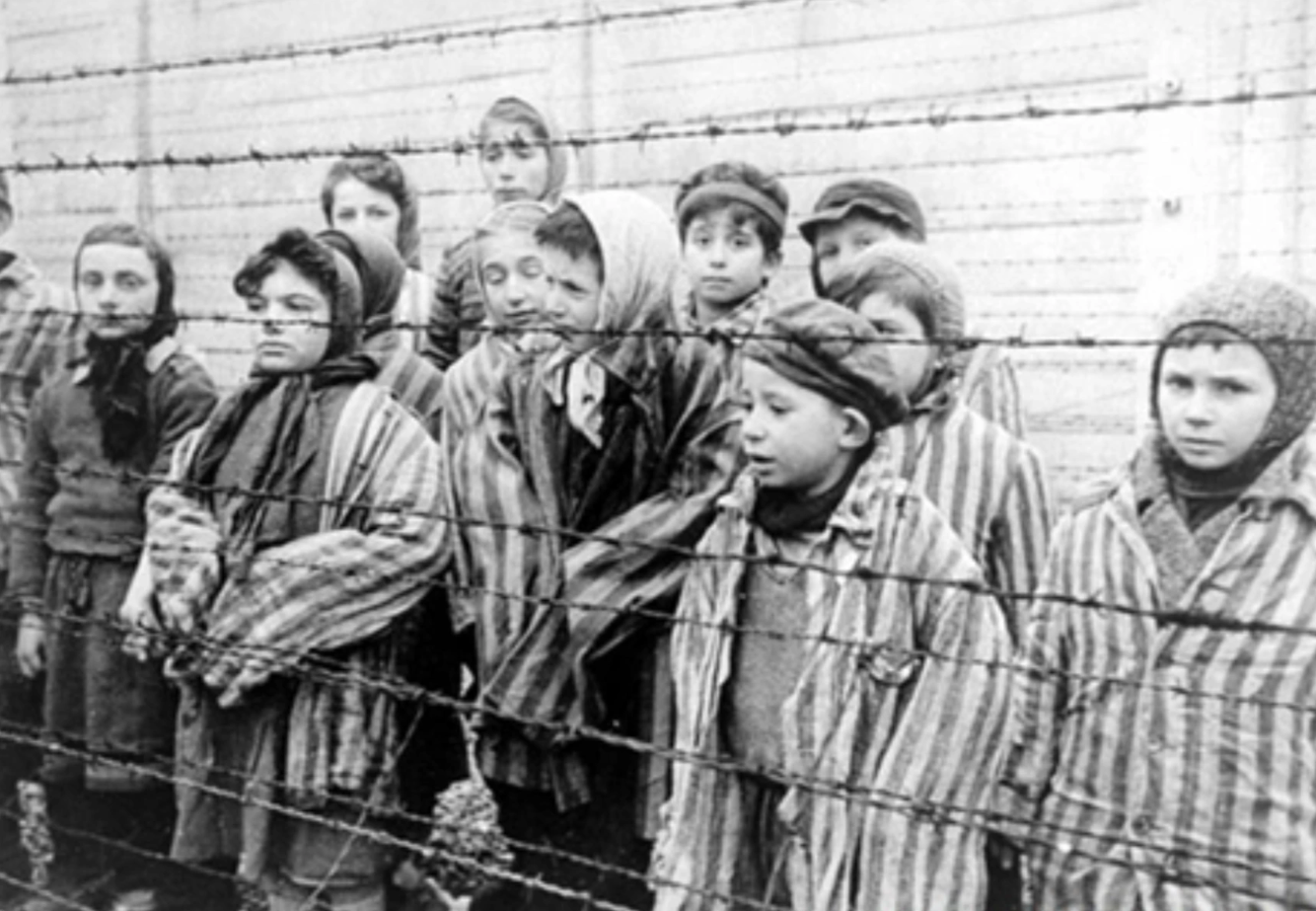
Images of children who survived after the Auschwitz concentration camp was liberated by the Soviet Red Army. (Photo: BBC)
Throughout its existence the camp was systematically expanded, as a result of which it eventually consisted of three camps, that is the Main Camp (from 1943 called Auschwitz I), Birkenau (Auschwitz II) and Monowitz (Auschwitz III) with dozens of its sub-camps. Presented below can only be an outline of this vast subject, one that primarily refers to the Main Camp and Birkenau. However, the described situation of various groups of camp inmates, their living and working conditions as well as how they were treated by the SS guards and inmate functionaries was very similar in other parts of the concentration camp complex.

Former Auschwitz II-Birkenau camp: the Gate of Death
Source: A-BSM
Newly arrived prisoners were greeted at the camp by Lagerführer SS-Hauptsturmführer Fritzsch:
You have arrived not at a sanatorium but at a German concentration camp in which the only way out is through the chimney. If someone doesn’t like this, he may at once go to the wires. If there are any Jews in this transport, they have no right to live longer than two weeks. If there are any priests, they may live for a month, the rest only three months.
Source: Jan Karcz, Auschwitz-Birkenau State Museum Archive [henceforth A-BSMA], Recollections Fond, vol. 196, p. 118.
SEE THE AUTHOR’S BIOGRAPHY

Auschwitz concentration camp. Prisoners being liberated. Soviet Red Army soldiers lead the remaining inmates out of the death camp. Poland, late January 1945. Photo collected by journalist Artur Bondar.
JAN KARCZ
Born on 28 August 1915 in Skalbmierz. Sent to Auschwitz in a transport from Krakow on 18 August 1940. Registered in the camp as Polish political prisoner number 1405. On 10 March 1943 transferred to the Neuengamme concentration camp. During the camp’s evacuation at the start of May 1945 he saved himself from the sinking ship Cap Arcona.
Video testimony
Source: A-BSMA
Video alternate text
Next the commandant, as Fritzsch then still was, took us to the kitchen and said: ‘You are now in a concentration camp. There is no way out of here. You have numbers. You are no longer people, you are only numbers. You must know your number in German.’ On the kitchen roof were the … es gibst kaine … those milestones. And he says, ‘for you the only way out of here…’ and points to the crematorium.
TRANSCRIPT
Next the commandant, as Fritzsch then still was, took us to the kitchen and said: ‘You are now in a concentration camp. There is no way out of here. You have numbers. You are no longer people, you are only numbers. You must know your number in German.’ On the kitchen roof were the … es gibst kaine … those milestones. And he says, ‘for you the only way out of here…’ and points to the crematorium.
Source: A-BSMA
SEE THE AUTHOR’S BIOGRAPHY
MICHAEL PREISLER
Born on 29 September 1919 in Jarocin. Arrested on 16 September 1941 in Częstochowa. Arrived at Auschwitz on 25 October 1941 in a transport from a prison in Radom. In the camp registered as Polish political prisoner number 22213. Employment as a prisoner included work in the building materials yard (Bauhof), constructing the Buna-Werke chemical plant and the DAW (Deutsche Ausrüstungswerke) German Equipment Works. In January 1945 evacuated to Mauthausen, thence to a sub-camp in Melk and later to Ebensee, where he was liberated by American soldiers on 6 May 1945.
Related Posts
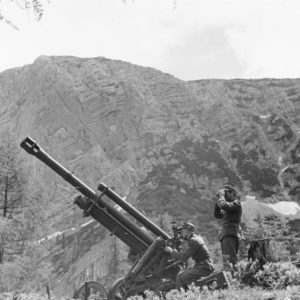
10.5 cm leFH 18/2 (Sf.) on chassis Panzerkampfwagen II ‘Wespe’ (Sd.Kfz.124) _us
The greatest strength of the German Panzer Divisions during World War II was their rapid speed and ability to engage the enemy with concentrated force. But, sometimes,…
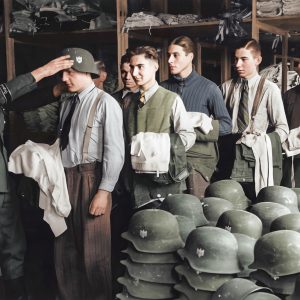
Heartbreaking Photographs of Child Soldiers from WWI and WWII _us
The military use of children can take three distinct forms: children can take a direct part in conflict as child soldiers; they can be used in support…
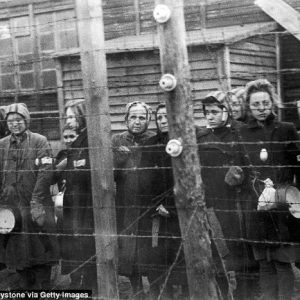
Images from Ravensbrück, the German concentration camp exclusively for women during the Second World War _us
Ravensbruck was the only large Nazi concentration camp for women. In late autumn 1938, Himmler decided to establish a concentration camp for women in Ravensbruck. Himmler chose…

Fall Blau: The Eastern Front Between Barbarossa and Stalingrad _us
The Eastern Front: German Strategic Planning, 1942 Germany’s need for oil was a key factor in Hitler’s decision to invade Russia in 1941: Operation Barbarossa, which began…

The Panzerkampfwagen III main battle tank (1937) _us
1936, the first German medium tank Planned since the beginning of the thirties, with the rejection of the Versailles treaty, the Panzer III was a medium tank…
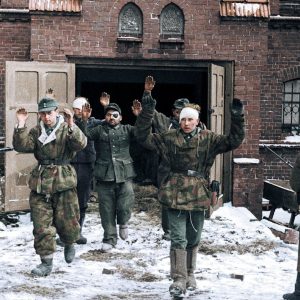
Soviet strategic offensive in Eastern Pomerania _us
Soviet Red Army overruns the West in 1945 East Prussian refugees flee from the advancing Red Army German refugees from East Prussia move west Luftwaffe and army…

